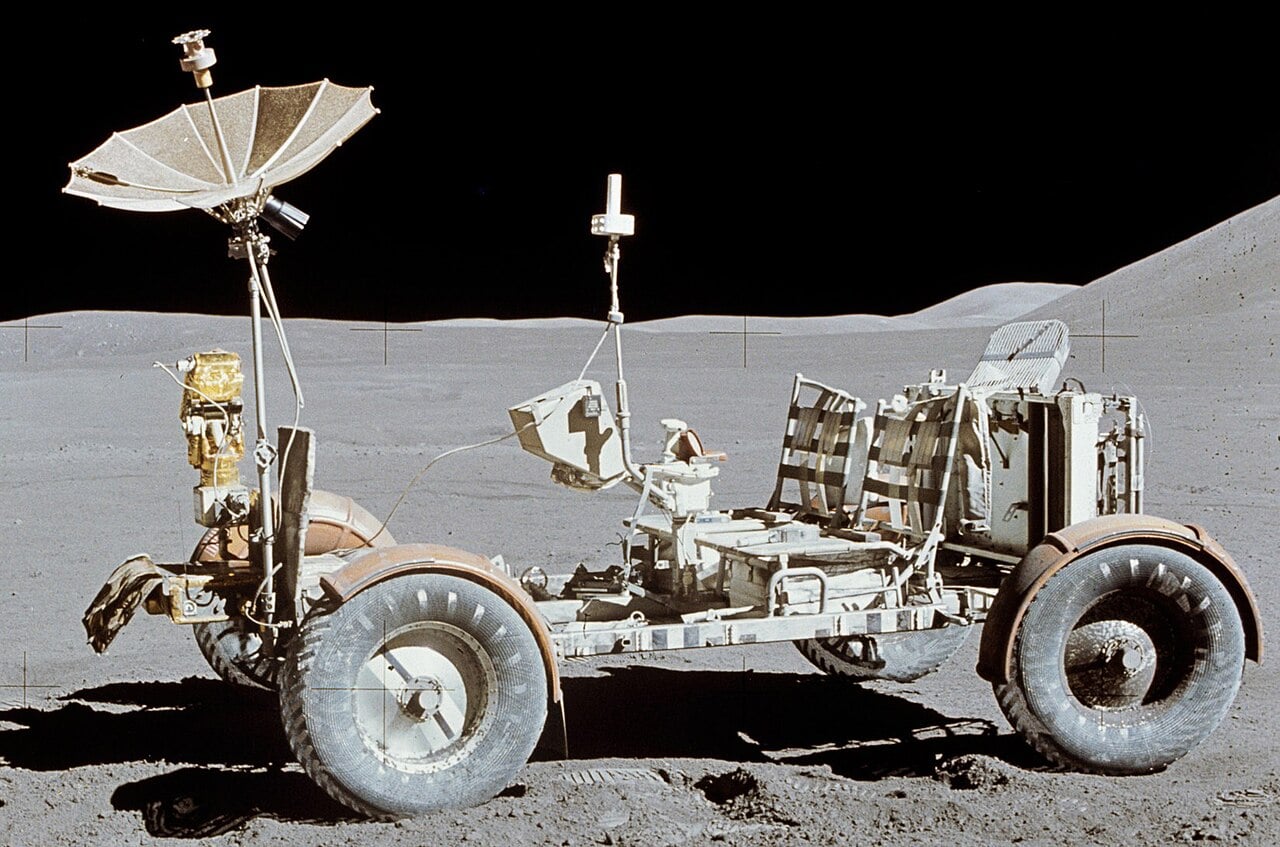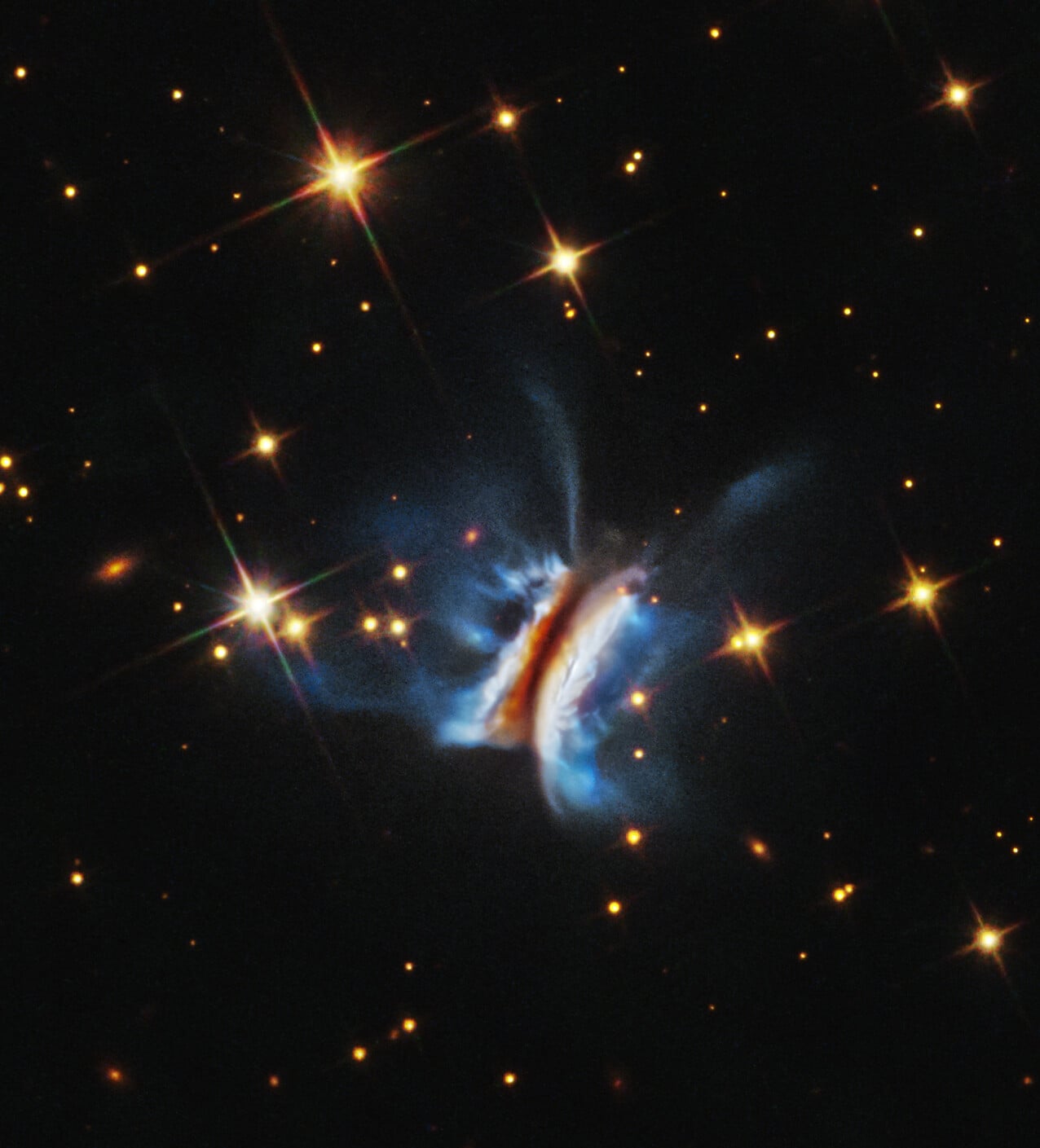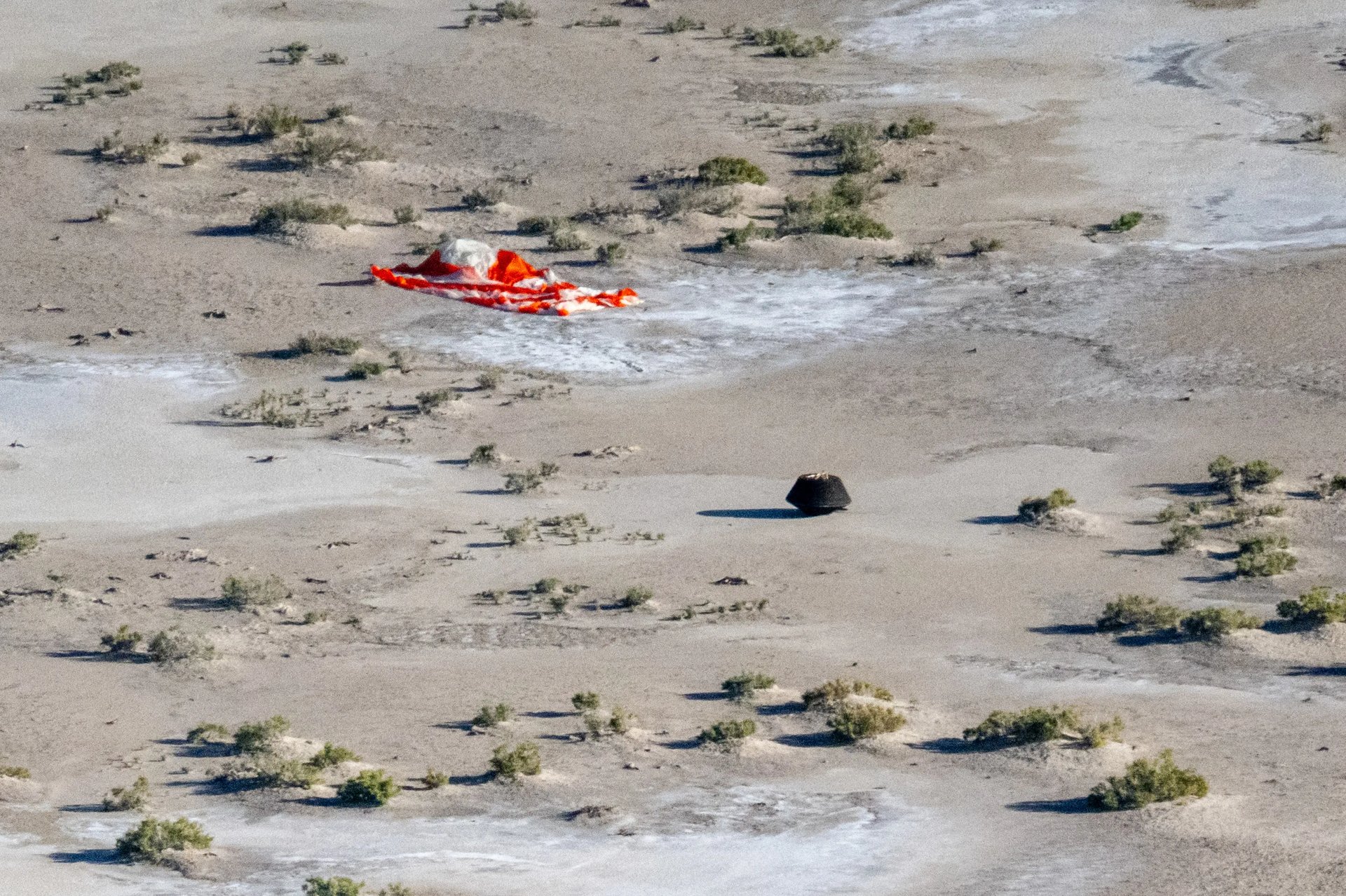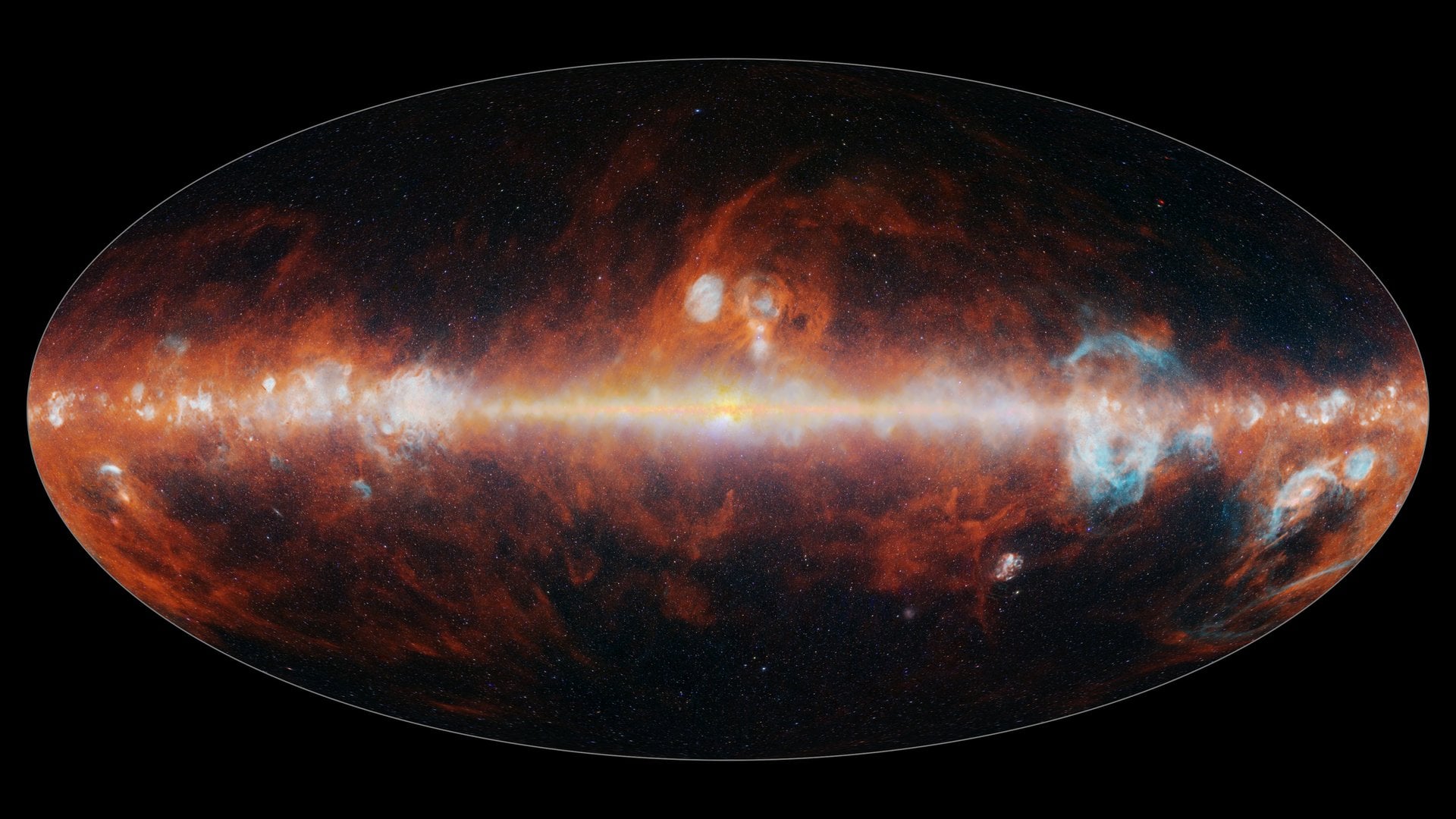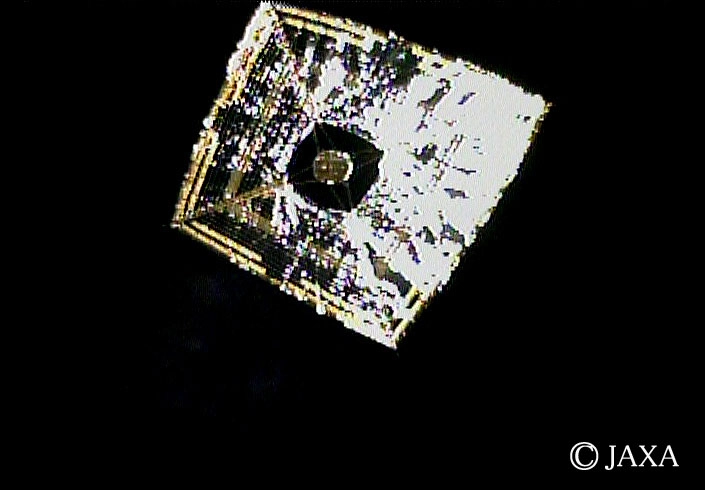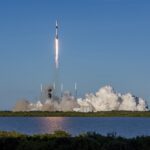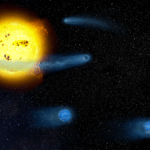A research team from the Hefei Institutes of Physical Science of the Chinese Academy of Sciences has advanced the characterization and retrieval capability evaluation of microphysical properties of Venusian clouds
Many researchers have spent decades attempting to decode biblical descriptions and link them to verifiable historical events. One such description is that of the Star of Bethlehem—a bright astronomical body
Astronomers have employed the Very Energetic Radiation Imaging Telescope Array System (VERITAS) to observe a mysterious gamma-ray emitting source designated HESS J1857+026. Results of the observational campaign, published December 19
The moon and sun share top billing in 2026.
A joint research team from South Korea has developed a fascinating wheel inspired by origami and Da Vinci bridge principles that could unlock access to the Moon’s most dangerous and
Astronomers using the Hubble Space Telescope have discovered the largest planet forming disk ever observed around a young star, stretching nearly 40 times the diameter of our Solar System. Nicknamed
By analyzing the archival data from the Atacama Large Millimeter/submillimeter Array (ALMA), an international team of astronomers has inspected the outflow of a nearby galaxy known as NGC 1266. Results
At the end of their lives, most satellites fall to their death. Many of the smaller ones, including most of those going up as part of the “mega-constellations” currently under
Launched in March, NASA’s SPHEREx space telescope has completed its first infrared map of the entire sky in 102 colors. This map will enable 3D distance measurements to other galaxies
Solar sails have some major advantages over traditional propulsion methods – most notably they don’t use any propellant. But, how exactly do they turn? In traditional sailing, a ship’s captain
-
 01From Polymerization-Enabled Folding and Assembly to Chemical Evolution: Key Processes for Emergence of Functional Polymers in the Origin of Life
01From Polymerization-Enabled Folding and Assembly to Chemical Evolution: Key Processes for Emergence of Functional Polymers in the Origin of Life -
 02Two Black Holes Observed Circling Each Other for the First Time
02Two Black Holes Observed Circling Each Other for the First Time -
 03How New NASA, India Earth Satellite NISAR Will See Earth
03How New NASA, India Earth Satellite NISAR Will See Earth -
 04Thermodynamic Constraints On The Citric Acid Cycle And Related Reactions In Ocean World Interiors
04Thermodynamic Constraints On The Citric Acid Cycle And Related Reactions In Ocean World Interiors -
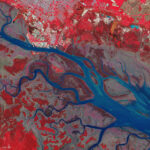 05Φsat-2 begins science phase for AI Earth images
05Φsat-2 begins science phase for AI Earth images -
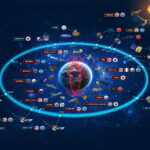 06Hurricane forecasters are losing 3 key satellites ahead of peak storm season − a meteorologist explains why it matters
06Hurricane forecasters are losing 3 key satellites ahead of peak storm season − a meteorologist explains why it matters -
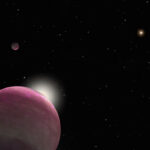 07Binary star systems are complex astronomical objects − a new AI approach could pin down their properties quickly
07Binary star systems are complex astronomical objects − a new AI approach could pin down their properties quickly


